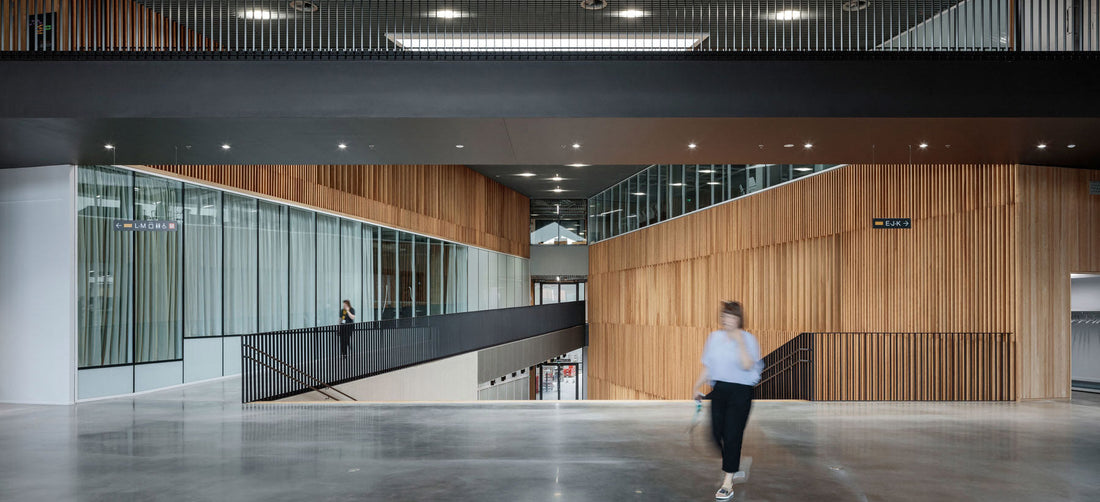
Comparison of people counting technologies
Share
How to Measure the Utilisation Rate of Your Buildings: Comparing Methods and Technologies
Understanding how buildings are actually used is essential for making smart real estate, sustainability, and workplace decisions. Accurate utilisation data helps organisations optimise space, reduce energy use, and enhance the experience of occupants.
But how can this data be collected — and which method is right for your organisation?
Below we review the most common approaches to measuring space utilisation, with their advantages and limitations.
1. Access Control and Digital Key Data
Modern offices and campuses use access cards or digital keys to record entries and exits.
Pros
- Uses data already available from existing systems
- Easy integration with security and HR systems
- Enables long-term trend tracking
Cons
- Measures entries, not occupancy duration
- Doesn’t cover shared areas or open spaces
- Potential GDPR and privacy concerns
Best use case: Estimating building entry volume in access-controlled facilities.
2. Manual Counts and Observational Studies
A traditional method: walking through the building and recording how many people are present.
Pros
- Very low technical setup
- Allows qualitative observation (e.g., activity type, space use)
- Useful for short-term studies
Cons
- Labour-intensive and prone to error
- Provides only snapshots, not continuous data
- Inconsistent and hard to scale
Best use case: Temporary studies or calibration of automated systems.
3. Occupancy Sensors and IoT Devices
Infrared, ultrasonic, and pressure sensors can detect presence and movement.
Pros
- Continuous, automated measurement
- Covers many space types, including meeting rooms
- Integrates with building management systems
Cons
- Sensor type affects accuracy significantly
- Many sensors can’t distinguish people or direction
- Installation and integration costs may be high
Best use case: Continuous monitoring across large building portfolios.
4. Wi-Fi or MAC Address Tracking
Wi-Fi routers can detect the number of mobile devices within range by recognising their MAC addresses — even without an active connection.
Pros
- Uses existing network infrastructure
- Provides wide coverage in buildings with dense Wi-Fi networks
- No additional hardware investment needed
Cons
- Accuracy highly variable (depends on signal strength, devices, and settings)
- Devices with privacy randomisation features distort results
- Raises privacy and GDPR issues; identifying individuals is strictly prohibited
- Not suitable for precise occupancy measurement
Best use case: Rough trend analysis in buildings with stable Wi-Fi coverage.
5. Computer Vision People Counting
Supersight’s edge AI technology turns recycled smartphones into smart sensors that computes AI detection locally — never processing or storing personal data.
Pros
- Over 99% accuracy in real-world environments
- 100% privacy-preserving (no identifiable data collected)
- Sustainable: uses recycled devices and efficient AI models
- Easy installation and remote updates
Cons
- Requires calibration for specific environments
- Network connection (Wi-Fi or mobile data) needed for aggregated reporting
Best use case: Organisations seeking accurate, scalable, and sustainable occupancy analytics.
6. Combining Multiple Data Sources
The most advanced utilisation analytics often merge several data sources.
For example:
- Access control + AI counting → verify entry vs. true presence
- Wi-Fi + people counting → occupancy density across zones
- Manual audits → calibration and validation of automated systems
This hybrid approach maximises accuracy and context awareness.
Conclusion
Every organisation’s needs differ. Whether managing city facilities, schools, or corporate offices, the key is trustworthy, continuous, and privacy-preserving data.
At Supersight, we help our clients select the right combination of methods and deploy edge-based AI counting that combines accuracy, data security, and sustainability.
With reliable utilisation insights, organisations can cut costs, reduce emissions, and design buildings that work better — for people and the planet.
